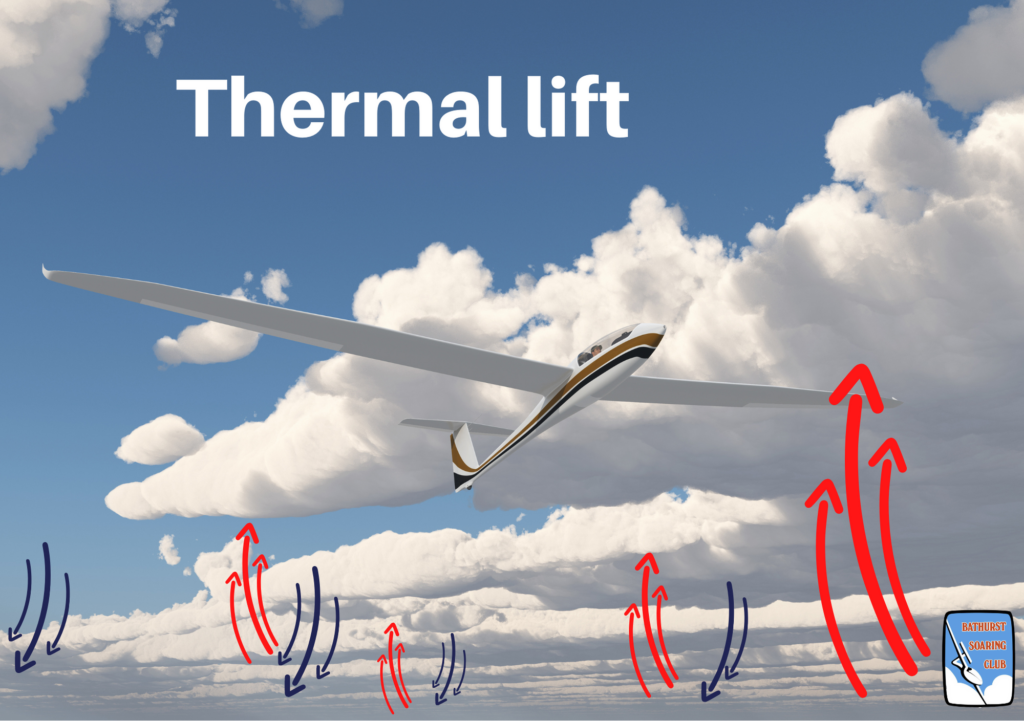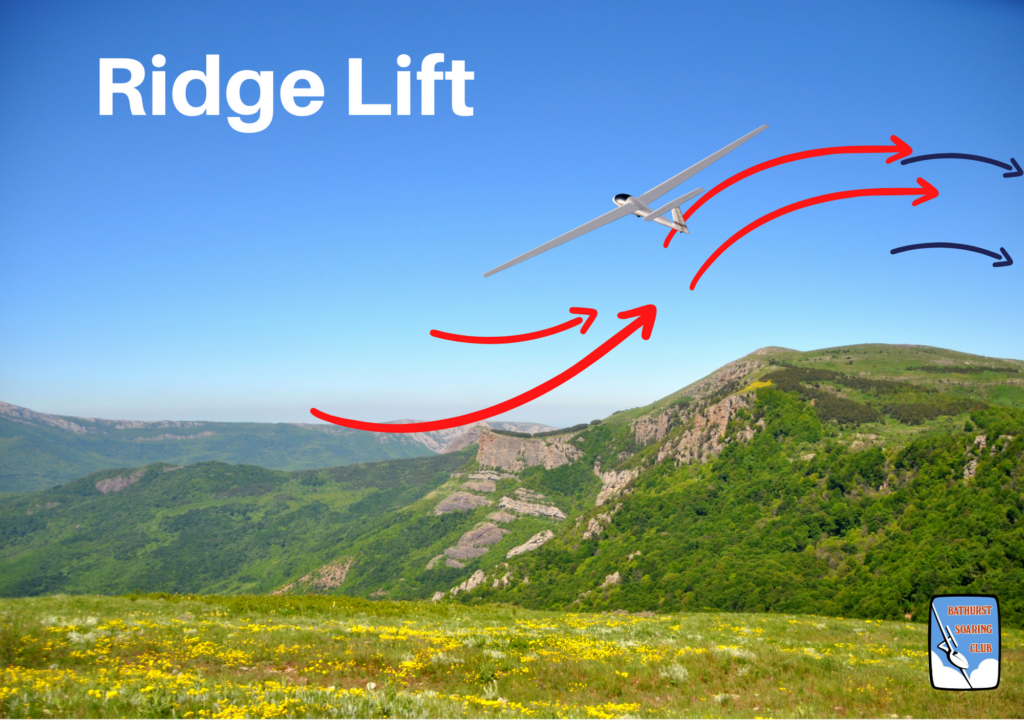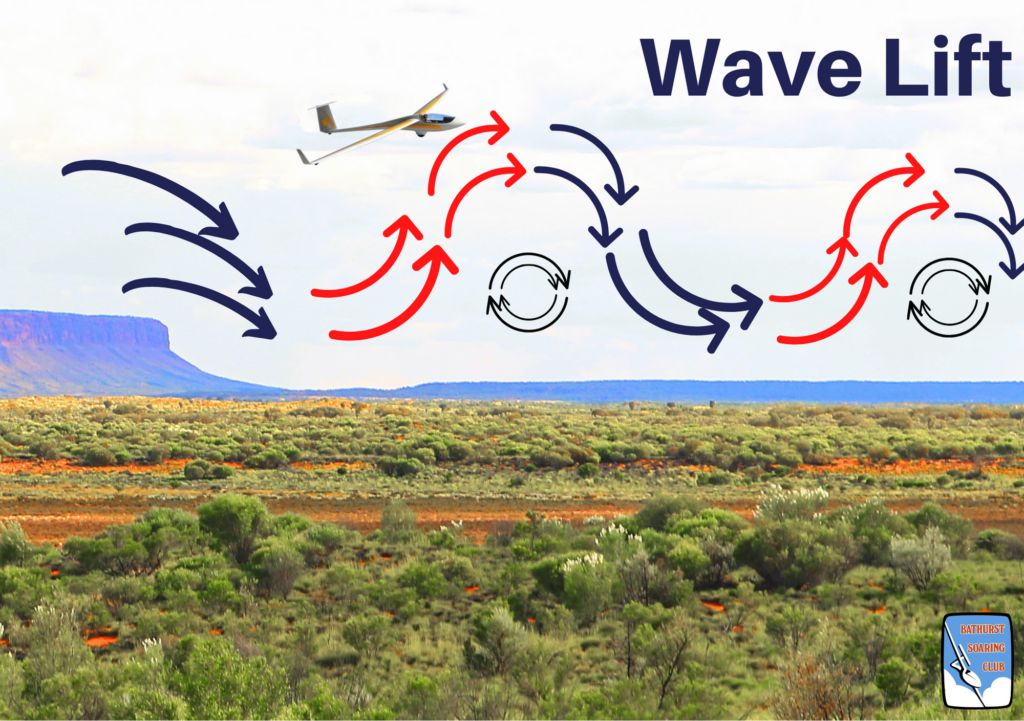Gliding, Sailplanes, Motorless Flight....
Gliding is the purest form of aviation, that inspires, challenges and enthralls a diverse group of people. It is a skill, it is a sport, and it is a hobby that can be enjoyed on all levels: from relaxation on a quiet flight over the countryside, to the thrill and precision of aerobatics, or to the pace and determination of regional, national and international racing competitions.
It is a sport for all ages – attracting teenagers who once certified could fly a glider solo at the age of 15 (a year before being allowed behind the wheel of a car!) to men and women who take up the challenge for the first time in their 50’s, 60’s and well beyond.
Top speeds of modern gliders
Distance travelled in one flight
Height achieved
Minimum age for first solo and Glider Pilot Certificate
Frequently asked questions about gliding
As gliders typically have no engine, they need help to get into the air! Once airborne they can use air currents to stay up.
Aerotow
Using a long rope, a glider is towed in formation behind a powerful "tug" aircraft. When at a preferred height, the glider will release from the rope and turn right, and the tug aircraft will turn left. This is the most common launch method used at Bathurst.
Winch
An exhilerating and fast launch method, where a glider is attached to a very long rope or wire, which is wound in quickly using a special ground vehicle. The speed of the wire being wound in allows the glider to achieve flight and climb. Once the glider is at the height the require or roughly above the winch, they release.
Self-launch
Some gliders have a small engine mounted behind the pilot, often on a pylon. It has sufficient power to launch the glider, and once it's airborne, it can be switched off and retracted back inside the glider's fuselage (so that it's a pure glider again!)
Electric / Front Electric Launch
A relatively new form of launch, using electric motors mounted either behind the pilot, retracting into the fuselage or in front of pilot with a propeller that folds back flush when not being used. Batteries are often mounted in the wings, or behind the pilot.
Not at all. Gliders are designed to be very aerodynamic, and whilst they are always descending they take quite a lot of time to do it.
Glider pilots are trained thoroughly with predicting and controlling the direction of flight, and are able to plan a successful landing under all conditions.
Gliders simple need to find air that is rising faster than they are descending! For details, see further down this page.
Gliders are not like a sailboat - if the wind stops, then the glider keeps flying. Gliders are always moving in a forward motion relative to the air around them, no matter what direct the wind is coming from (or at all !)
With no fuel source (except the sun and the wind!) a glider can technically stay in the air indefinitely, as long as the source of lift (sun or wind) remains.
The world record is about 72 hours, however endurance records were stopped to stop accidents due to pilot fatigue.
When flying "locally", a pilot always plans the flight such that they can always return to the field they took off from.
When flying "cross-country" i.e. away from the airfield, there is always the possibility that lift conditions may mean they have to land before they plan to.
In this case, rest assured - glider pilots who fly cross country are well trained in planning their flight, such that if they have to land, they have planned and chosen a paddock or area with suitable characteristics to allow a safe landing.
Upon landing, the pilot will then find the local landowner and call their friends back at the airfield, who will come out and help disassemble the glider so that it can be transported by road in a special trailer.
Yes. Gliders are built and maintained to the highest aviation standards, and pilots are trained thoroughly and checked often.
As with all forms of aviation (and moving vehicles) there is an element of risk that all participants are made aware of, however there is a strong safety culture inbuilt into the sport that is reiterated constantly throughout training.
How do gliders stay up?
Having no engine, a glider is always descending through the air in which it flies. In order to stay above the ground, pilots must then find air that is rising faster than the glider is descending.

Thermal lift
This form of lift relies on the sun's energy to heat pockets of air which then rise (convection), similar to bubbles in a saucepan. If the conditions are right, the water vapour in the air cools to form the puffy clouds that you often see in summer (cumulus clouds). Glider pilots find these columns of rising air and circle in them, gaining height as they do.

Ridge Lift
A relatively simple mechanism, where air is deflected up a mountain range or ridge. A glider pilot will fly on the upwind side of this ridge, parallel to its fact, climbing with the air. As Australia is a relatively flat country, this form of lift is only useful in certain areas.

Wave Lift
Formed in the "lee" if a mountain range (downwind side) this is a particularly rare but spectacaular phenomena where the descending air creates a standing wave pattern, similar to a fast flowing stream going over a submerged rock in a river. The height of this wave can exceed many times the height of the mountain range, and if conditioners are right gliders can reach the height of airliners!

